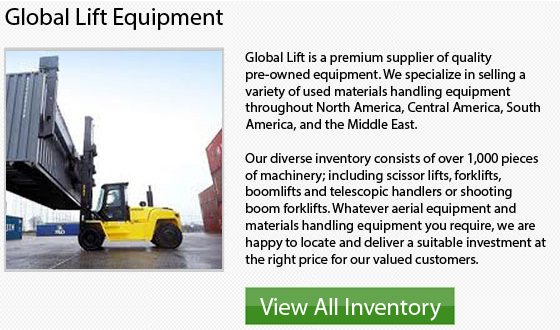
Since the year 1963, Linden Comansa has made about 16,000 cranes. In Sweden during the year 1977, the first Linden 8000 cranes were manufactured by Linden-Alimak. These models are considered to be some of the very first Flat-Top cranes utilized for construction purposes. The actual concept of Flat-Top did not evolve until the Linden Comansa company adopted this particular description during the early part of the 1990s. The term Flat-Top crane is currently a universally excepted term.
The company continues to develop the flat-top crane design even these days. They have proudly developed the LC 500 Series. The main goal of this range is an update of the popular NT Series. Comansa introduced the newest flat-top design and crane technology. This series features a variety of flat-top cranes consisting of 4 models. These flat-top cranes have lengths from 35 meters up to 50 meters and offer a maximum jib-end load of one ton.
The 1100 Series provides lots of innovations compared to previous crane series offered by Linden Comansa. Outlined below are some of the biggest changes. These adaptations and improvements made to the design have greatly enhanced these machines' comfort, capacity and efficiency, making them a highly popular piece of machine. The technology has developed and the business takes pride in offering their customers a durable, reliable, quality equipment which is very successful in lots of different environments.
The new LC 1100 series is easier erect, while keeping the Flat-Top system in place. This is due in part because the slewing and hoisting systems, along with the electric cabinets are pre-installed at the factory within the cat head and then delivered in this fashion to the customer. Moreover, compared to the prior series, the lesser weight of the slewing structure makes the crane a lot easier to erect overall.